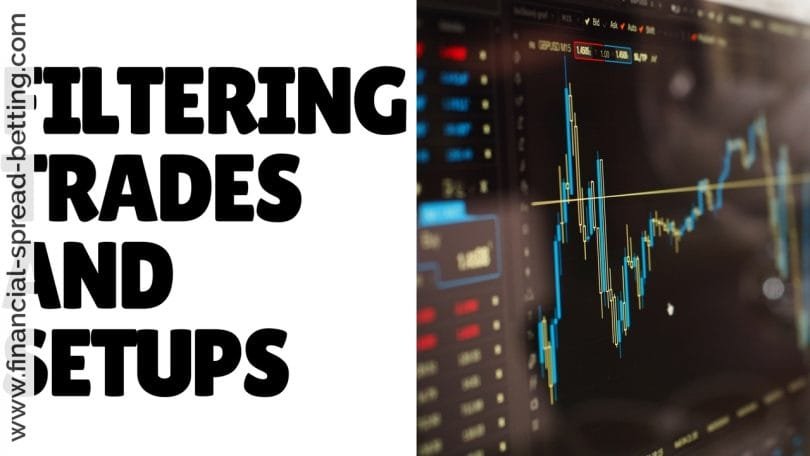A good trade is one that has the highest likelihood of turning a profit with the least amount of risk. This online spread betting guide to finding high probability low risk trades should help.
What tools should we use to sniff out high probability low risk trades?
- Price/time charts.
- Moving averages.
To further expand this I have listed some important personal/psychological factors that play an important role in this process -:
- Identifying and overcoming any fears (of losing money, of being successful) that you have.
- Realising you are in control (using your stop/loss).
- Ignore all emotions and concentrate on informed analysis.
- Stand back from the crowd.
- Understand that markets are manipulated, more importantly who manipulates them and why.
Let’s take into perspective the futures market. This market allows you to trade a particular commodity, share, currency, index…etc at some future date. These are also known as derivative markets. The price of the futures market is derived from the cash market. As you may know you will never own the underlying asset. So, we can buy and sell these derivatives without ever owning them.
Another advantage of trading the futures market is that we can do it with small amounts. Spread betting firms such as TradeNation allow us to trade with very small amounts.
Futures contracts expire on a quarterly basis, which allows more time for a trade to come to fruition and reduces rollover costs. Remember futures contracts will normally trade at a discount or premium to the cash market. So if you are using a chart for the cash price don’t forget to factor this in.
Risk Management
Manage your money and reduce your risk -:
- Only risk a small amount of your trading bank with each trade, say, 2% to 4% max.
- Never try to second guess how low or high the market will go. This is pure guess work.
- Don’t have too many trades open (say more than 10) or active at the same time, ensuring that you never expose too much of your capital to the market at any time.
- Do not overtrade. The antidote to fear and greed is objectivity.
- Focus on one and possibly two markets (unless you have an excellent track record). Within that market focus on a certain type of asset. For example, a currency pair or UK PLC with a market cap of over £250M.
Learn the mechanics of your trade
Where to enter? You need to spot where there is a high probability that the market will go up or will go down. You can try this by using two moving averages that mirror the price action as closely as possible. Start with a 20 and 40 day moving average and adjust to fit. Look for both averages to be facing up or down. Investigate what has happened to trading volume prior to moving averages crossing or turning up. A spike in the volume is a good indication that the price will be breaking into a new trend. Look for the price to surpass a previous resistance point. If all these indicators converge then you may have a high probability trade.
Where to exit? Use a trailing stop loss (or stop out) just above or below (depending on whether you have buying or selling) the shorter of the two moving averages.
Placing your stop loss is an art and not a science: this you will realise when you get trades that stop out too soon. Remember our goal is to get more winning trades than losing ones and to ensure that the losing ones are cut short as soon as possible.

